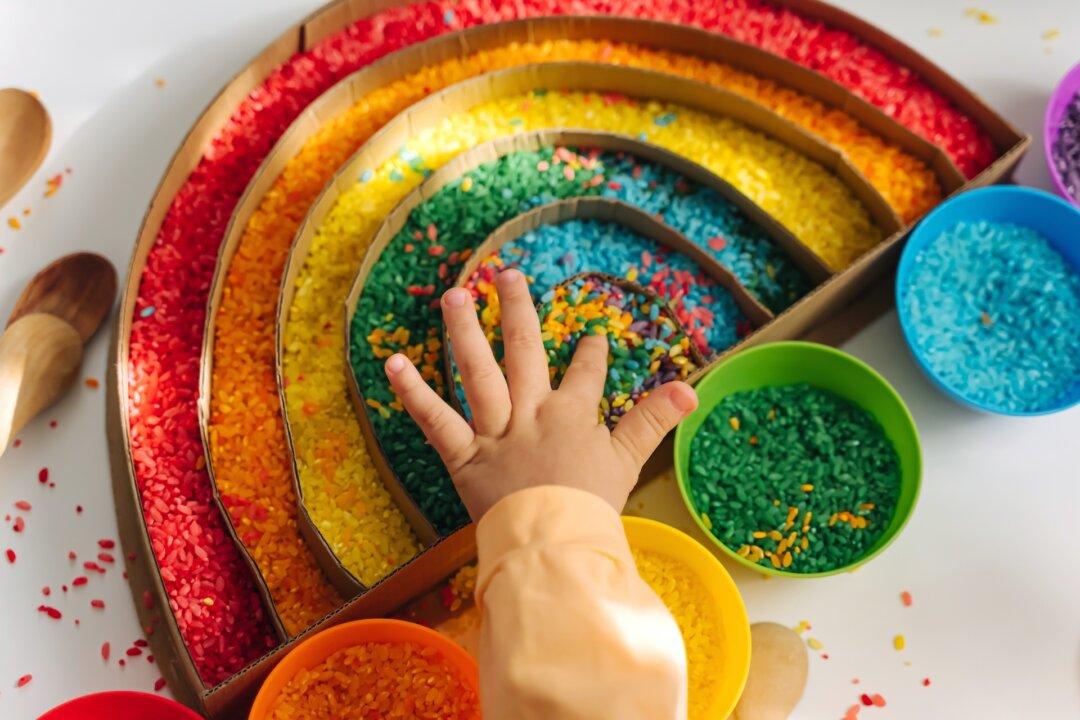Reading aloud to your kids is truly a gift you give to them, and this association with pleasure is key. It sets the stage for helping your kids develop a love of books, reading, and learning. It’s pure, joy-filled quality time as you snuggle up with your child and travel to fascinating new places, meet interesting new characters and people, and immerse yourselves in timeless stories of adventure and discovery.
Benefits of Reading Aloud
Read-aloud time is one of those warm and fuzzy moments you and your kids will cherish forever while also fostering a love of books and reading.When you read to your children, you give them opportunities to explore different emotions such as sadness, anger, fear, and anxiety, enabling your kids to take cues from the ways in which the characters cope with those feelings.
Reading aloud is also the pathway to literacy. This simple act of reading to your kids improves vocabulary, strengthens memory, builds thinking and comprehension skills, and encourages active listening. Listening to stories also helps to increase your child’s attention span. These benefits are especially helpful if you have a struggling reader.
Strategies for Read-Aloud Time
Maria Montessori, Italian-born physician and renowned educator, believed that the period between birth and age 6 is the most critical time for language development in children. Montessori encouraged parents to begin reading to their children as babies. Read slower than you’d typically read and speak, giving your kids ample time to process what they hear.Read to your kids every day, even if it’s just for 15 to 20 minutes. Kids thrive on routine and consistency, and they’ll surely appreciate those special moments. And if you have less time on some days, you can make it up to them on others. Have a read-a-thon on a less busy day or on the weekend. Suggest an earlier bedtime and cuddle up in bed together and read a longer book, a few all-time favorites, or several books in a series.
Encourage your kids to get actively involved in the story by choosing books that match their interests and by acting out the story as you read. Ask them open-ended questions to get them thinking: Why do you think the mother did that? What are those boys doing? Why is that little girl crying? Prompt them to predict what will happen next.
Read from a variety of genres. Choose fiction books such as fairy tales, historical fiction, poetry, fables and folk tales, Shakespeare’s plays, and classics such as “Treasure Island.” Read nonfiction books such as biographies, books about other countries and cultures, how-to books, stories about service animals, and any topics they want to learn more about.
Also, don’t stop reading to your kids once they’re reading independently. In fact, continue reading to them when they’re tweens and all the way through high school, because it’s still so beneficial. It’s an emotional time as your teens are growing, changing, and maturing, so this read-aloud time is a comforting constant in their lives. Choose books that will spark conversation and explore different perspectives and points of view.
Feel free to read stories that are above your child’s reading level or grade level. You might be surprised at how much they absorb.
Celebrate World Read Aloud Day
If you haven’t been consistent with reading aloud to your kids, no worries. Life happens. We’ve all been there. And besides, any day is the perfect day to pick up a book and read to your kids.Better yet, jumpstart your read-aloud adventures by celebrating World Read Aloud Day (WRAD) on Feb. 1. WRAD was created in 2010 by Pam Allyn, literacy expert and founder of LitWorld, a nonprofit organization that works to promote literacy. Allyn believes literacy is a fundamental human right.
Join in and join millions worldwide to celebrate the power of reading aloud. For inspiration and resources, visit the Scholastic and LitWorld WRAD pages which include suggested book lists, a list of live and virtual events, activities and challenges, and a virtual kit containing digital resources, printables, and discussion guides.





